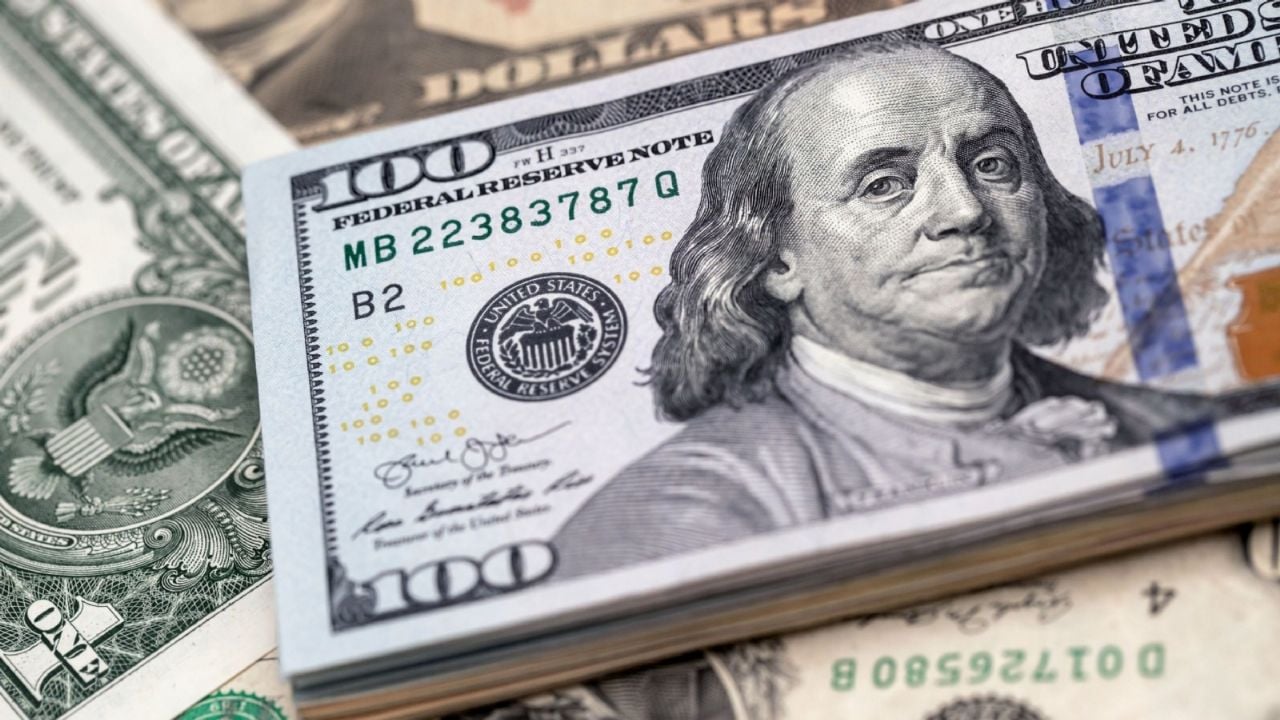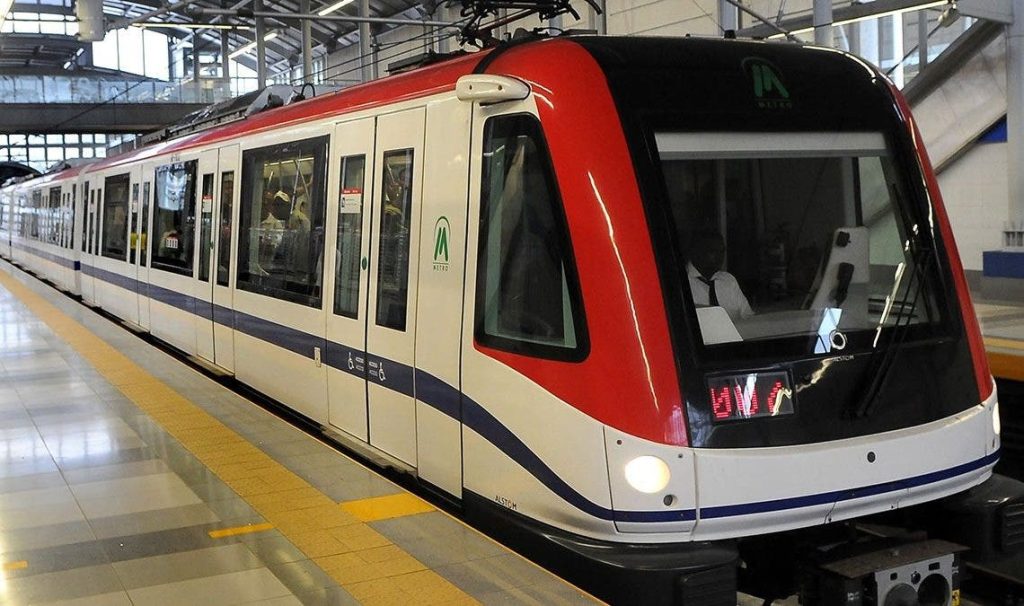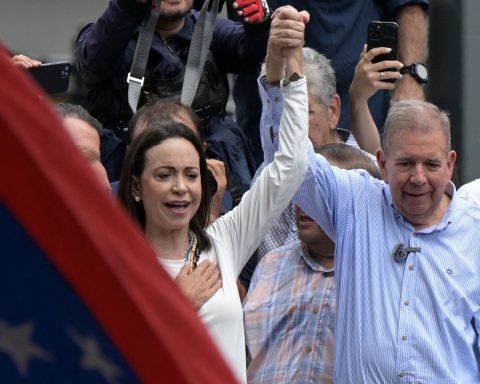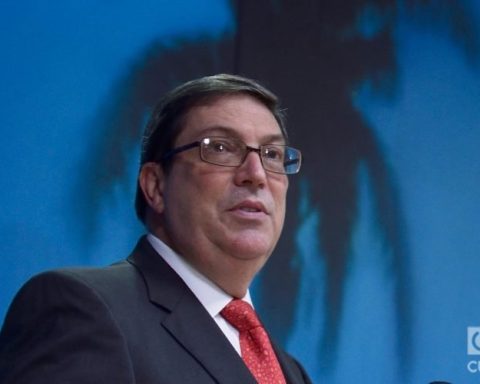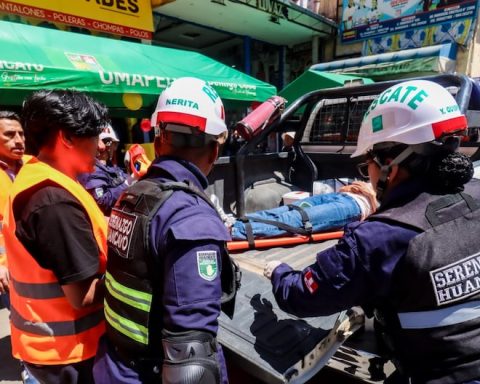The quote of the dollar The currency has shown significant fluctuations in recent days both in the official market and in the parallel market, known as the blue dollar. These movements reflect the continued economic volatility that the country faces, influenced by internal and external factors.
In the official market, the dollar The dollar was quoted at $918.50 for purchase and $958.50 for sale on the screens of the Banco de la Nación Argentina (BNA). This price represents a significant increase compared to previous days, reflecting the inflationary pressure and expectations of devaluation that persist in the market.
He dollar wholesale, used mainly in commercial and financial transactions, opened at $940,502. On the other hand, the blue dollar, which operates in the informal market, was quoted at $1,340 for purchase and $1,360 for sale in the City of Buenos Aires.
This significant difference between the official dollar and the blue dollar, known as the exchange rate gap, was around 44.60%. The exchange rate gap is a key indicator of the lack of confidence in the local currency and expectations of future devaluation.

Fountain: Dollar Today.
He dollar The blue dollar has been on an upward trend so far this year, accumulating a rise of $335 since January. This rise reflects the growing demand for dollars in the informal market, driven by economic uncertainty and foreign exchange restrictions imposed by the government.
In July, the parallel currency reached a high of $1,500, although it subsequently retreated to lower levels. This Thursday, the dollar The blue dollar is quoted at $1,335 for purchase and $1,355 for sale. Meanwhile, the official dollar is quoted at $919 for purchase and $959 for sale.

Economic situation
The quote of the dollar In Argentina, the exchange rate is influenced by a number of factors, including the Central Bank’s monetary policy, inflation expectations, and the global economic situation. In recent months, the Central Bank has adopted a policy of intervention in the foreign exchange market to try to stabilize the dollar exchange rate and reduce the exchange rate gap.
However, these measures have had limited success, and demand for dollars on the informal market remains high. The economic situation in Argentina is complex, with inflation remaining at high levels and an economy struggling to recover from recession.
